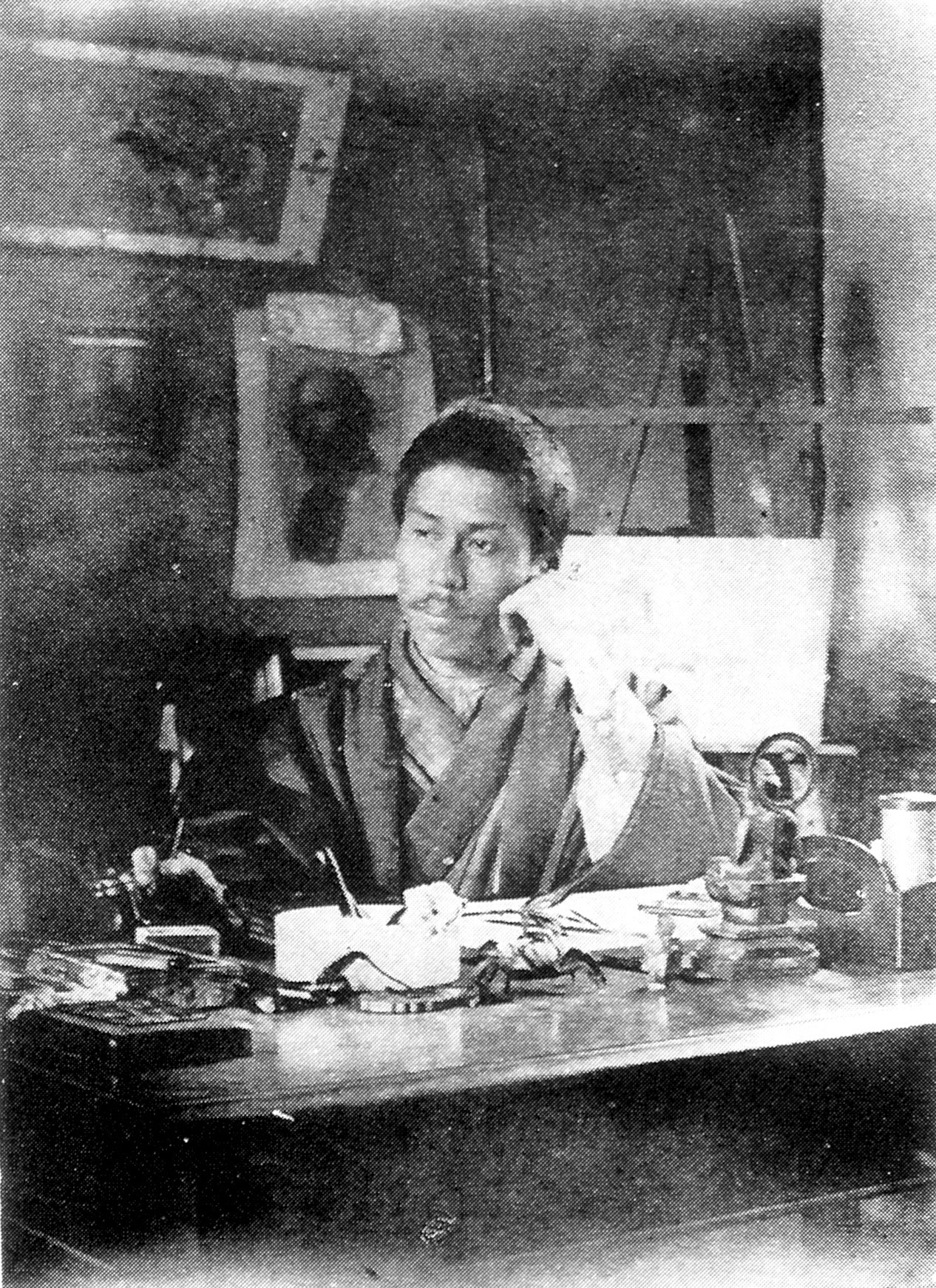More about Harada Naojirō
Works by Harada Naojirō

Contributor
Like most people who change the world, Harada Naojiro was born talented.
Even as a kid, he showed a real flair for painting. However, in the 1860s art was not a lucrative career, so Harada went to study French at the Foreign Language School in Tokyo, hoping to start a career in foreign services.
The Foreign Language School in Tokyo was a big supporter of the Meiji movement sweeping Japan, a movement that pushed artists and authors to bring traditional Japanese styles and culture to the same level of relevancy as the Western world. The combination of exposure to foreign languages mixed with the free-thinking spirit of the Meiji movement inspired him to move to Germany in 1884, where he enrolled in the Academy of Art in Munich.
Once in Munich, Harada’s life took off and he became every mother’s nightmare. Not only did his art flourish with the rest of South Germany (a reaction to the militarization of Northern Germany), Harada also started picking up on the ladies. He never bothered to mention to any of the girls he pursued that he had a wife and four kids in Japan. According to his friends, Harada also started to lose quite a bit of money while in Munich. His friend, Mori Ōgai (also from Japan and living in Munich), recalled that Harada could never decide on a price for his paintings, which allowed his clients to take advantage of him.
When Harada returned to Tokyo, he opened the Shobi-kan Art School. There he taught Western oil painting techniques that he’d learned in Europe to other Japanese artists. During this time he painted one of his most controversial works: Kannon Bodhisattva Riding the Dragon. It was entered in the 3rd National Industrial Exposition of 1890, after Harada’s death in 1894. When the “Kannon Bodhisattva” debuted it was not well received by… well, anyone. The poor reception sparked a massive controversy as to what Japanese artists should and should not be allowed to depict and how they should do it.
Harada Naojiro may have lived a bit of a wild life, but he was always true to himself and his passions. Young, independent, and driven, Harada was everything that a Meiji artist could strive to be.
Featured Content
Here is what Wikipedia says about Harada Naojirō
Harada Naojirō (原田 直次郎; 12 October 1863 – 26 December 1899) was a Japanese painter who specialized in the yōga (Western) style. He was a friend of the novelist Mori Ōgai and served as the model for the protagonist in Ōgai's short story A Sad Tale (1890).
Check out the full Wikipedia article about Harada Naojirō











